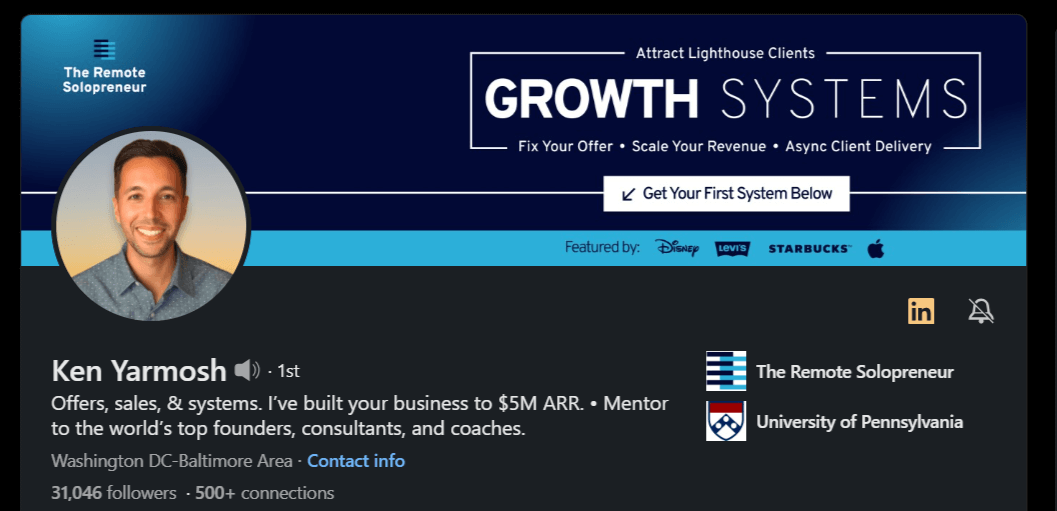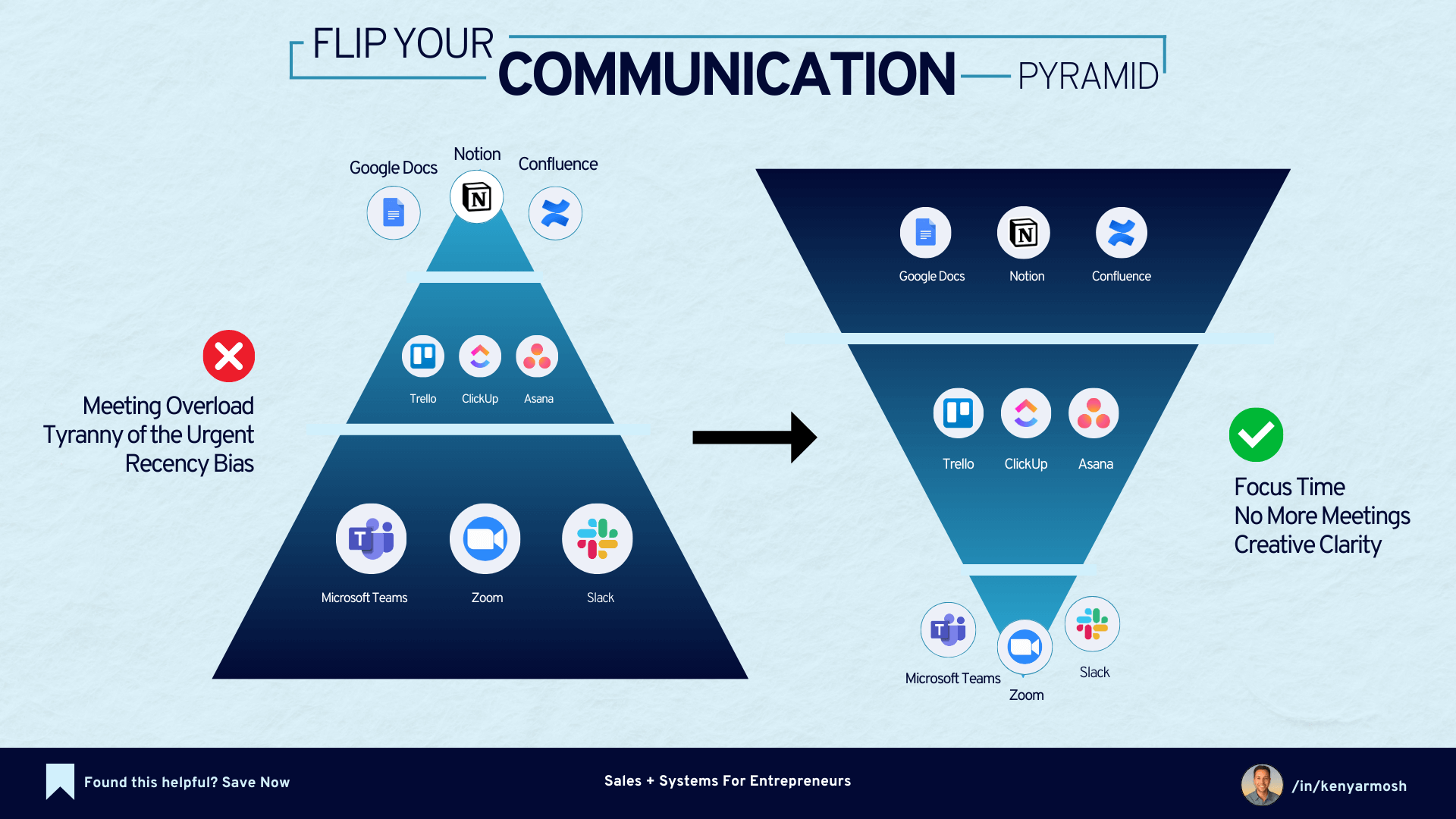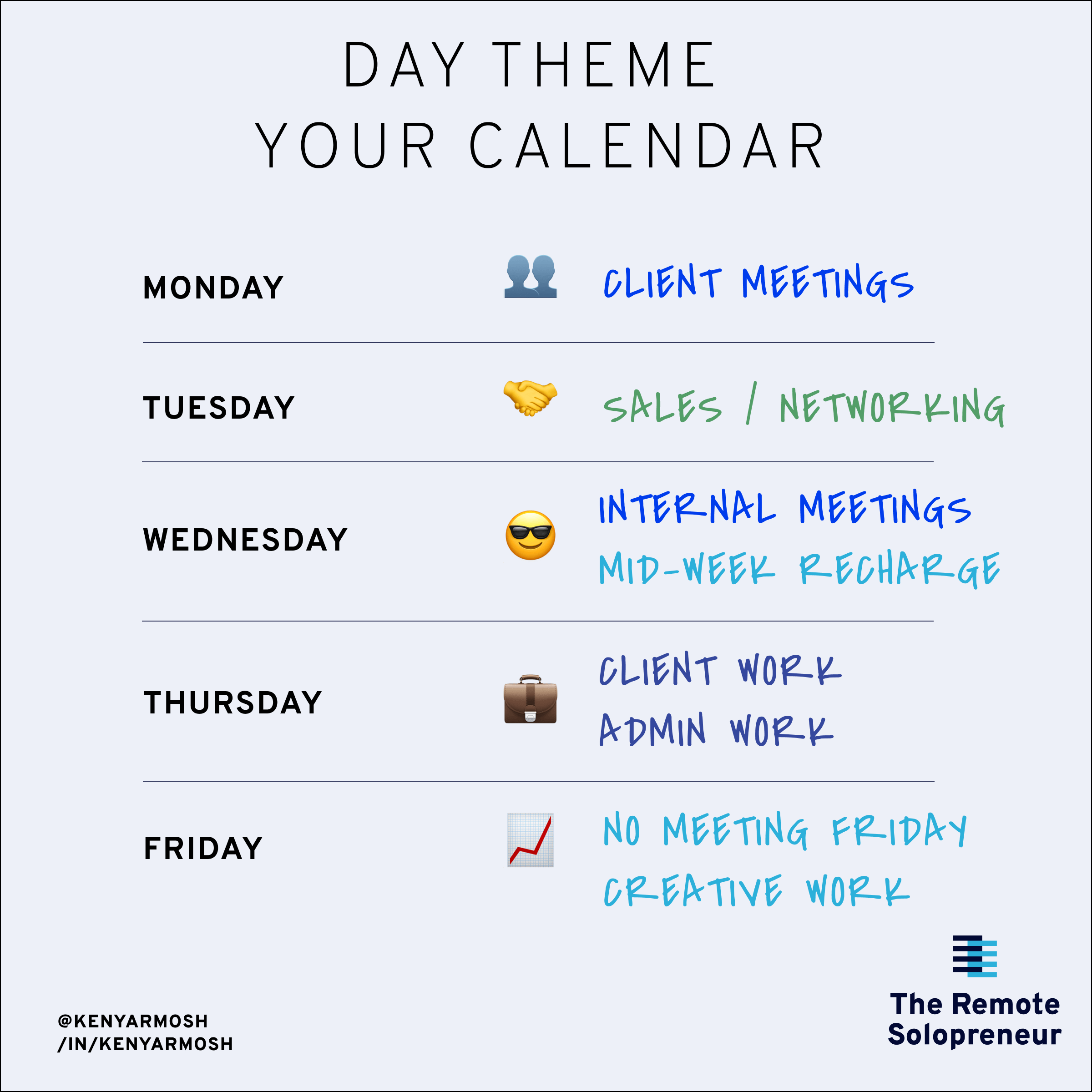🚀 TL;DR
- Solopreneurs often grapple with hidden struggles such as perfectionism, overthinking, competing priorities, and impostor syndrome.
- Income swings and the absence of steady feedback loops can create uncertainty and erode confidence.
- Building systems, routines, and lightweight processes helps reduce friction and frees up mental bandwidth.
- Experimentation through small bets and “good enough for now” decisions prevents paralysis and builds momentum.
- Balancing work with rest, peer support, and honest feedback is key to sustaining energy and avoiding burnout.
The moment you decided to build a business on your own terms, no one handed you the unwritten rulebook of solopreneurship.
No one warned you that the hardest part wouldn't be the work itself.
The biggest challenge is everything that happens in your head when there's no team around you. The constant second-guessing. The pressure of every decision rests on your shoulders. The isolation creeps in when you've spent another full day with only your laptop for company.
I've built multiple seven-figure businesses without traditional employees since 2005 and mentored over 551 solopreneurs through these exact struggles.
Here's what nobody tells you: Your biggest obstacles aren't external. The real barriers are internal and operational—they're the daily patterns that keep you running in place while feeling exhausted.
Most solopreneurs hit the same walls. You wake up motivated but end each day wondering where the time went. You scroll through social media and feel perpetually behind. You toggle between feast-or-famine income cycles that make sustainable growth feel impossible.
These aren't signs you're failing—they're signs you're navigating challenges that every successful solopreneur has faced.
In this guide, I'll walk you through the 15 most common traps that keep solo businesses stuck and how to overcome them.
1. Struggling to pitch your offer confidently
Most solopreneurs freeze when it's time to sell their work.
You've mastered your craft, but doubt creeps in when you need to convince someone to pay for it. "Am I really worth this price?" "What if they think I'm being pushy?" "Maybe I should discount just to get the deal?"
Many solo founders conflate being persuasive with being sales-y.
The root issue is your relationship with the value you provide. Successful solopreneurs sell from conviction about the transformation they deliver. Start by documenting your client results religiously.
I usually recommend creating a "wins file" with testimonials and outcomes and reviewing it before sales calls. This will help you ground your confidence in something real—and pitch to win.
2. Confusing your audience
Your offer sounds different every time you describe it. You start with a spark—a thing you had to say. Then, you get pulled into tactics and trends. One day, you look up and realize you're writing for algorithms, not for the people you care about.
These may feel like minor adjustments to you, but you're selling a moving target to your prospects. When your messaging constantly shifts, potential clients struggle to understand exactly what they're buying. As a result, you'll deal with:
- Lack of confidence during sales calls
- Long sales cycles
- Lost opportunities
Also, clients can't refer you if they can't clearly explain what you do. So, create a clear offer and make sure your sales and marketing system talks directly about the offer you're selling.
3. Pricing your work from fear instead of value
You've just wrapped up a discovery call. The prospect asks, "So what's your rate?" Your stomach tightens. You quote a number—the same one you've used for months, even though you've gained considerable experience since setting it.
It's too low. You know it's too low. But the fear of losing the deal takes over knowing your worth.
This cycle becomes self-reinforcing. Lower prices attract price-sensitive clients who demand more and value your work less.
Break this pattern by developing a expert-based pricing methodology. Instead of focusing on your time, quantify the outcomes you deliver. Talk to your Lighthouse Clients and validate your pricing with them first—even if it’s just a beta offer. This way, you can validate it before going to market.

4. Burning out trying to be everywhere online
Your day starts with updating Instagram, writing a LinkedIn post, checking Twitter, planning a YouTube video, and tweaking your TikTok strategy. By noon, you've barely touched client work, but you're already exhausted from context-switching between platforms.
Omnichannel sounds sexy until you're spread across six apps with zero traction. This approach drains your energy, fragments your marketing, and dilutes your messaging. You're dividing your time and attention for no reason.
The most successful solopreneurs I've mentored understand that depth beats breadth. They choose one primary channel where their ideal clients spend time, then show up consistently before expanding elsewhere. I can remember when I did this myself…then when I got focused on one channel to start, I went from 2k connections to 30k+ followers.

Pick your platform based on where your ideal clients hang out, not where you feel you "should" be. When you've figured out your marketing/sales on that channel, scale to others.
5. Speaking too broadly to attract the right people
You want to help everyone. Your messaging reflects this with generic promises about "transformation" and "success" that could apply to nearly anyone.
If your writing could be for anyone, it resonates with no one. Pick a real person. Write for them.
The paradox of specificity is that narrowing your focus expands your impact. When you speak directly to a defined audience with specific needs, they finally see themselves in your content.
So, start by creating a Lighthouse Client profile that goes beyond demographics. Then, write all your content as if you're speaking directly to this one person. Your ideal clients will feel like you're reading their minds while others opt out automatically.
6. Letting clients walk all over your boundaries
A client texts you at 9 PM with a "quick question." Another asks for "just one more round of revisions" outside your agreement. A third consistently shows up late to calls. You accommodate all these because you're afraid of seeming difficult or losing the business.
Over time, these compromises build into massive cumulative effects—and you train clients to disrespect your time. That’s why I recommend establishing clear boundaries before working with clients. They'll know exactly what to expect and receive consistent, high-quality work from a professional who isn't burned out.

Document your working terms in a welcome packet that outlines your:
- Communication hours
- Response times
- Revision policies
- Meeting expectations
Share this during onboarding and reference it when needed. The right clients will respect these guardrails—those who don't aren't right for you anyway.
7. Customizing every project and burning out
Every client feels unique, so you start from scratch with each engagement. You create custom proposals, tailor your processes to their preferences, and reinvent your business with each new project. While this feels like good service, it's preventing your growth.
This approach makes your workload unpredictable and prevents you from refining and systematizing your expertise. You essentially restart your learning curve with each client.
The most scalable solopreneurships are built on standardized methodologies that produce consistent results. "No one talks about how lonely this work is. When you're your own boss, your own marketer, your own product—who keeps you honest?" Having defined processes gives you confidence and clarity.
Create a signature framework that outlines your approach to solving client problems. Document each step of your process with templates and checklists. You can still customize the content within this structure, but the underlying methodology remains consistent, allowing you to improve it over time.
8. Thinking high revenue means high income
You made $10,000. Great. But if $6,000 went to expenses and taxes, you didn't make $10,000. That mindset kills businesses. This disconnect between top-line revenue and actual profit is demoralizing and unsustainable in the long run.
The ones who succeed know their actual numbers and make decisions based on their net income, not gross revenue. They create systems to track these metrics consistently, so they're never surprised by their real financial position.
Whenever you set your prices, account for things like:
- Business and personal taxes
- Business expenses
- Business owner compensation
- Contractors (if any)
The goal is to build a business with lower revenue but higher profit margins, which is far more sustainable than one with impressive top-line numbers and thin margins.
9. Working between feast and famine cycles
Your calendar cycles predictably: One month you're overwhelmed with client work, barely keeping up with deliverables. The next month is eerily quiet as you scramble to fill your pipeline again. This pattern forces you into reactive mode, either too busy to work on your business or anxiously slashing prices to generate cash flow.
The solopreneurs who break this cycle implement systems for consistent lead generation that run in parallel with client delivery. They create systems to prevent them from neglecting either aspect of their business.
Block time for both business development and client work every week, regardless of how busy you feel. I use the Day Themes framework to do this, which makes it easier to stay consistent.

Also, consider offering retainer services that provide consistent monthly income. It'll make building your monthly recurring revenue (MRR) much easier.
10. Avoiding your numbers out of fear
You can't fix what you don't track. Many solopreneurs would rather stay vague than face the numbers. This selective ignorance might feel protective in the short term, but it prevents you from taking the right steps towards building a sustainable business.
Successful solopreneurs develop a healthy relationship with their business metrics. They view these numbers not as judgments of their worth but as neutral feedback that guides their decision-making.
Start with tracking just three key metrics:
- Your actual monthly profit
- The source of each new client
- Your average project value
Review these numbers monthly objectively. Use them to identify patterns and make incremental improvements. For example, if your profit is down compared to last month/quarter, see what kind of projects you're taking on and how much time and money you're spending on them. That'll help you understand what needs to change.
11. Riding emotional highs and lows based on results
When your self-worth rides on how your last launch went, you're not running a business—you're riding an emotional rollercoaster. This also makes it difficult to make decisions because you become too emotionally involved and can’t be as objective as you need to be.
The solopreneurs who build sustainable businesses develop emotional resilience by separating their identity from individual business outcomes. Document your thought process for important decisions and how they pan out. You can use that to build objectivity into any decision you make later on.
It’s time to build a sustainable business
Your solopreneur journey is about building a business that works specifically for you. Every solopreneur deals with these common challenges at one point or another. But if you take the right action by building more intentional and realistic systems, you can sustain yourself long-term.
The next time you feel stuck, assess which ones might be holding you back. Choose just one area to focus on improving. Incremental wins are better than fixing five different things and seeing mediocre results.
Your solopreneur business can provide both the income and the freedom you desire—when you build it with these principles in mind.

